A05 Research Group
A05-1 Elucidation of the hyper-adaptation mechanism of upper limb recovery in stroke patients
Research Outline
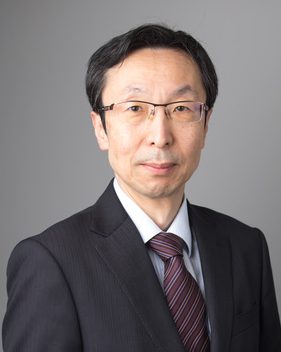
Shinichi IZUMI
This study aims to elucidate the hyper-adaptation mechanism of upper limb recovery in stroke patients. We longitudinally investigate relationship among frequency of upper limb use, body-specific attention and brain activities in stroke patients by using accelerometers, psychophysical methods, and fMRI, respectively. We expect the elucidation of the adaptation mechanism underlying upper limb recovery after stroke could contribute to understanding the hyper-adaptation mechanism of body-brain system.
Members
| Principal Investigator | Shinichi IZUMI | Professor, Tohoku University |
| Co-investigators | Ryoji OTAKI | Ph.D Student/Occupational therapist, Tohoku University |
| Tamami SUDO | Researcher (Part-time Lecturer), Oouchi Hospital(Tohoku University) | |
| Ryuko ISHIMODA | Assistant Technical Staff, Tohoku University | |
| Naoki AIZU | Assistant Professor, Fujita Health University | |
| Juan WU | Graduate Student, Tohoku University | |
| Kouta ATAKA | Graduate Student, Tohoku University | |
| Shintaro SEKI | Part-time Lecturer, Tohoku University |
A05-3 Mechanism of Hyper-Adaptivity of the human premotor area: electrophysiological connectome analysis with electrocorticogram
Research Outline
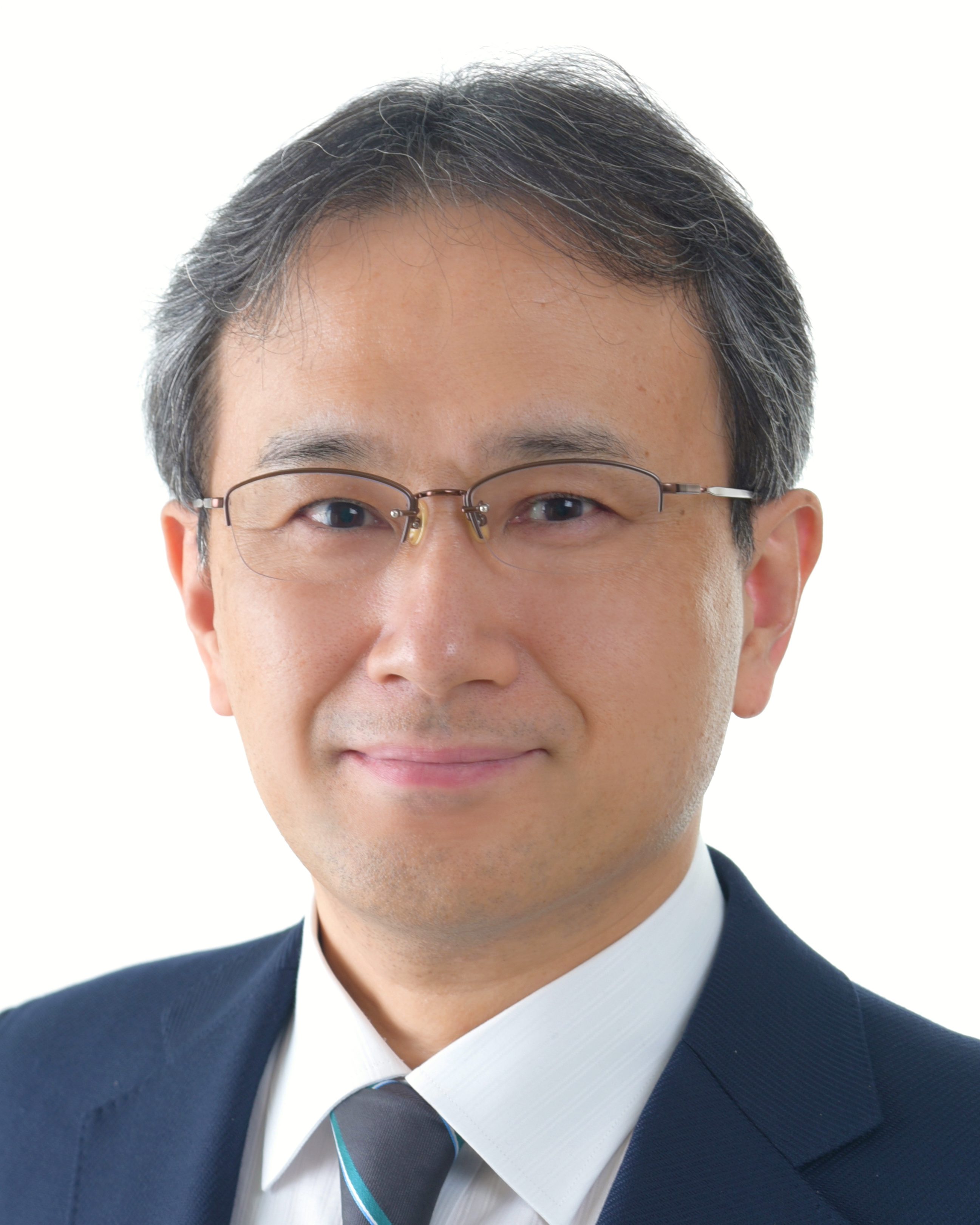
Riki MATSUMOTO
In order to elucidate the Hyper-Adaptivity mechanism of motor function under aging and pathological condition, it is essential to understand hyper-adaptability of the premotor cortex that integrates the information top down from the prefrontal cortex and bottom up from the parietal lobe.
We record electrocorticogram (ECoG) in epilepsy patients who undergo intracranial electrode implantation in the frontal and parietal lobes for preoperative evaluation of epilepsy surgery. We probe neural signatures of higher-order motor control by recording wide-band ECoG activities during higher-order motor tasks. In order to understand the brain network associated with motor control, we make an electrophysiological connectome by using cortico-cortical evoked potentials (CCEPs) as an index of effective connectivity, which were obtained by systemic evaluation of the whole implanted electrodes. We extract structural features such as cluster coefficient or centrality, and attempt to clarify modifications of the connectome by epilepsy pathology or variations by different strategies for higher-order motor tasks.
In order to clarify how the brain hyper-adapts to the intervention to the premotor cortex, we investigate the impact of high frequency electrical stimulation and brain surgery on hyper-adaptation. We apply high frequency electrical stimulation to the cortex for clinical functional cortical mapping. Stimulation of the premotor areas has effect on the execution of higher-order motor tasks to a variable degree. To investigate the immediate modulation, we use this opportunity to study the relationship between the mode of behavior impairment and network impairment by combining quantitative motion analysis and ECoG signal analysis during stimulation. To investigate the acute and subacute (hyper)adaptation at the network level, we investigate the impact of the resection of the premotor area by simulating the virtual lesion using the electrophysiological connectome, and comparing it with the movement disability and its recovery after surgery.
Members
| Principal Investigator | Riki MATSUMOTO | Professor, Kobe University |
| Co-investigators | Akihiro SHIMOTAKE | Assistant Professor, Kyoto University |
| Takayuki KIKUCHI | Assistant Professor, Kyoto University | |
| Kiyohide USAMI | Assistant Professor, Kyoto University | |
| Hirofumi TAKEYAMA | Assistant Professor, Kyoto University | |
| Masaya TOGO | Assistant Professor, Kobe University | |
| Kozue HAYASHI | Graduate Student, Kyoto University | |
| Kento MATOBA | Graduate Student, Kobe University |
A05-5 Development of non-invasive brain stimulation techniques that can increase recruitment of the corticospinal motor indirect pathway during acquisition of hand motor skills.
Research Outline
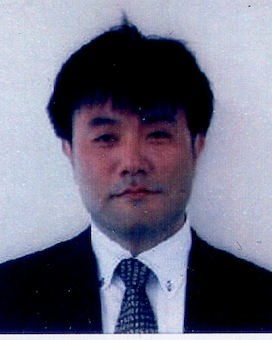
Mitsunari ABE
Hand movement is controlled mainly by two corticospinal pathways: the direct pathway and the indirect pathway. The direct pathway sends monosynaptic efferents from the primary motor cortex (M1) to motoneurons in the spinal cord through the corticospinal tract. The indirect pathway originates from bilateral M1, and relays inputs to motoneurons through the reticulospinal or propriospinal tract in the brainstem and spinal cord. Although the indirect pathway had long been considered necessary for gross forelimb movements in lower mammals, recent evidence suggests a role for the indirect pathway in controlling dexterous hand movement in higher primates. We found asymmetric organization of the direct and indirect pathway for preferred hand and nonpreferred hand movement. In this project we will develop non-invasive brain stimulation techniques that can increase recruitment of the indirect pathway during motor skill learning. We will apply dual stimulation techniques for the aim to activate the indirect pathway by facilitating or suppressing activity in bilateral M1s.
Members
| Principal Investigator | Mitsunari ABE | Section Chief, National Center of Neurology and Psychiatry |
| Co-investigators | Kazumasa UEHARA | Assistant Professor, National Institute for Physiological Sciences |
A05-6 Analysis of motor control system in the recovery of forelimb function by rehabilitation after intracerebral hemorrhage
Research Outline
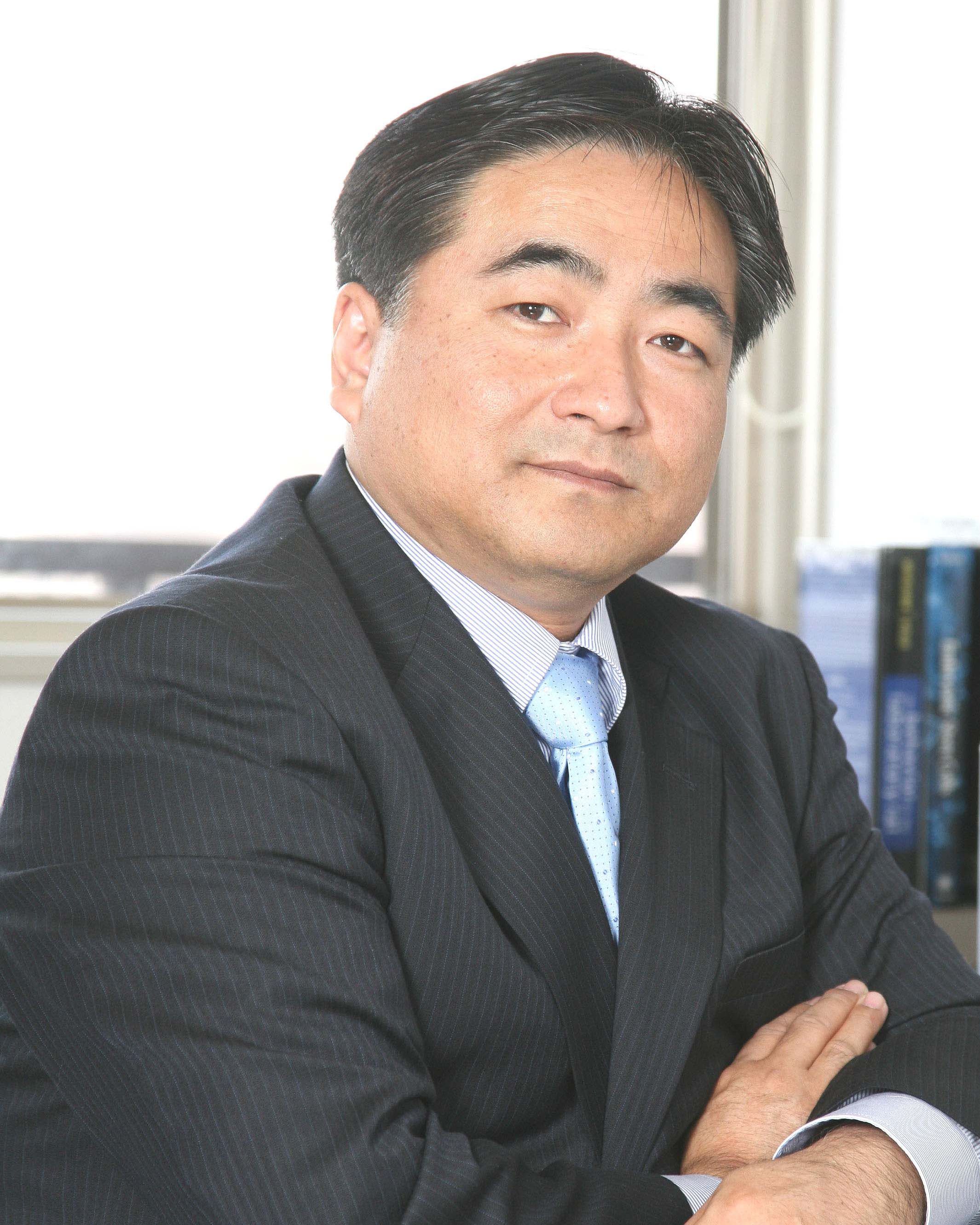
Hideki HIDA
Constraint-induced movement therapy (CIMT) is known as an effective rehabilitation by forcing the use of damaged forelimb after the cerebrovascular disorder. Using model rats that show relatively big motor deficits with a small hemorrhage near the internal capsule (ICH), we are trying to clarify the mechanism of forced-limb use (FLU) that represents CIMT in rats. We revealed that FLU after ICH improves the recovery of disturbed forelimb function by ICH, cortico-rubral pathway is involved in the functional recovery by FLU, and cortico-reticular pathway has a potential to substitute the recovery of cortico-rubral pathway when needed. However, dynamic change of the adaptive mechanism via the cerebellum in the functional recovery by FLU is still unknown. In this study, we will try selective blockade of rubro-spinal tract or rubro-olive tract using the double virus vector infection, clarifying the adaptive changes of the regulatory system mediated by the cerebellum on the functional recovery by FLU after ICH.
Members
| Principal Investigator | Hideki HIDA | Professor, Nagoya City University |
| Co-investigators | Naoki TAJIRI | Associate Professor, Nagoya City University |
| Takeshi SHIMIZU | Lecturer, Nagoya City University | |
| Kenta KOBAYASHI | Associate Professor, National Institute for Physiological Sciences |
A05-7 Regulatory mechanisms of inter-regional network changes underlying hyper-adaptation from mal-adaptation state caused by fear memory.
Research Outline
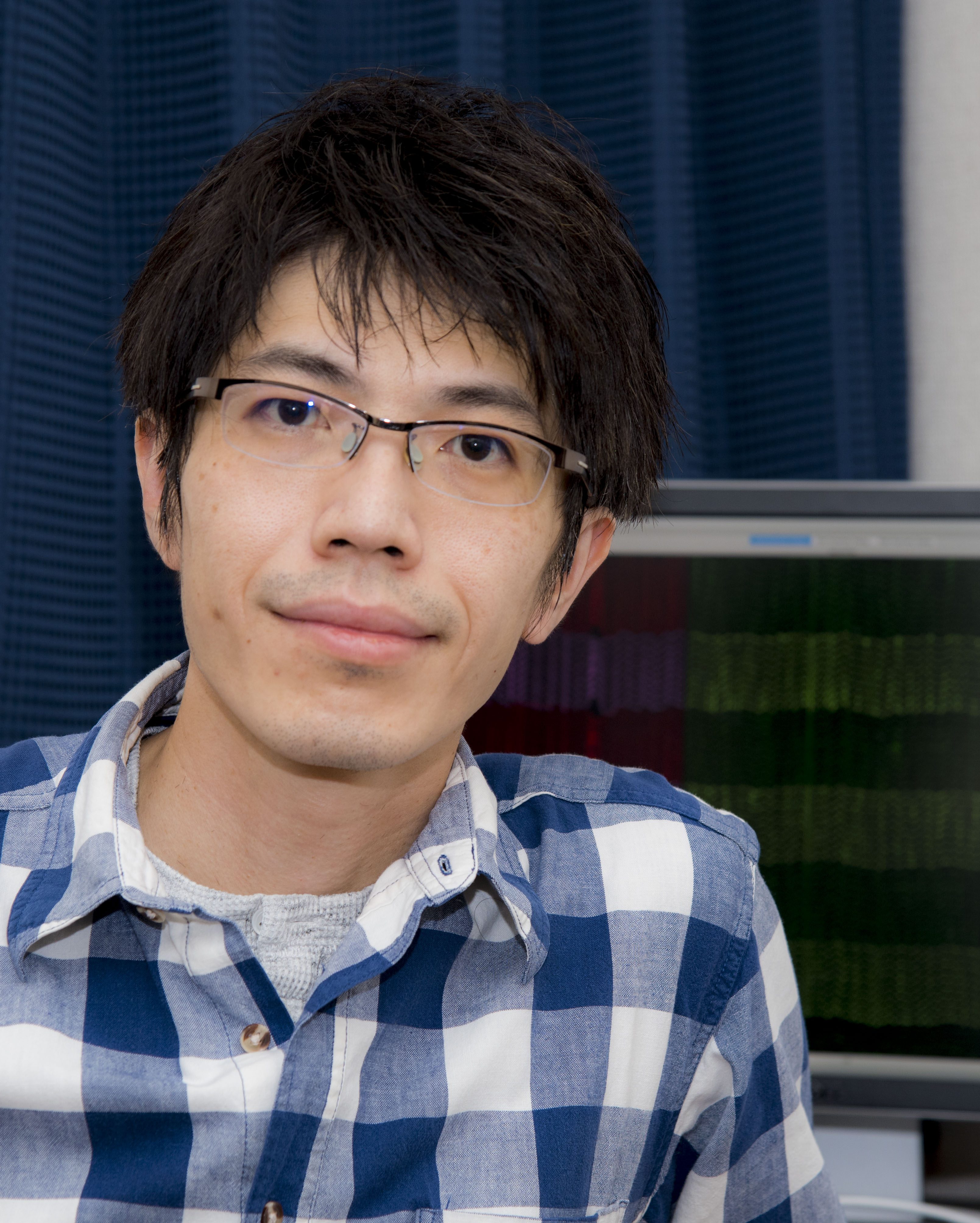
Hiroyuki MIYAWAKI
Excessive fear memories prevent animals to take optimal behaviors, which are refered as to mal-adaptation states. Extinction learning induces hyper-adaptation through which the animals recover optimal behaviors. By using multi-regional large-scale electrophysiology on freely moving rats, we investigate the network changes underlying the hyper-adaptation and regulatory mechanisms of the changes.
Members
| Principal Investigator | Hiroyuki MIYAWAKI | Assistant Professor. Osaka Metropolitan University |
A05-8 Facilitating hyper-adaptation in neurological and psychiatric diseases thorough improving precision on the sense of agency
Research Outline
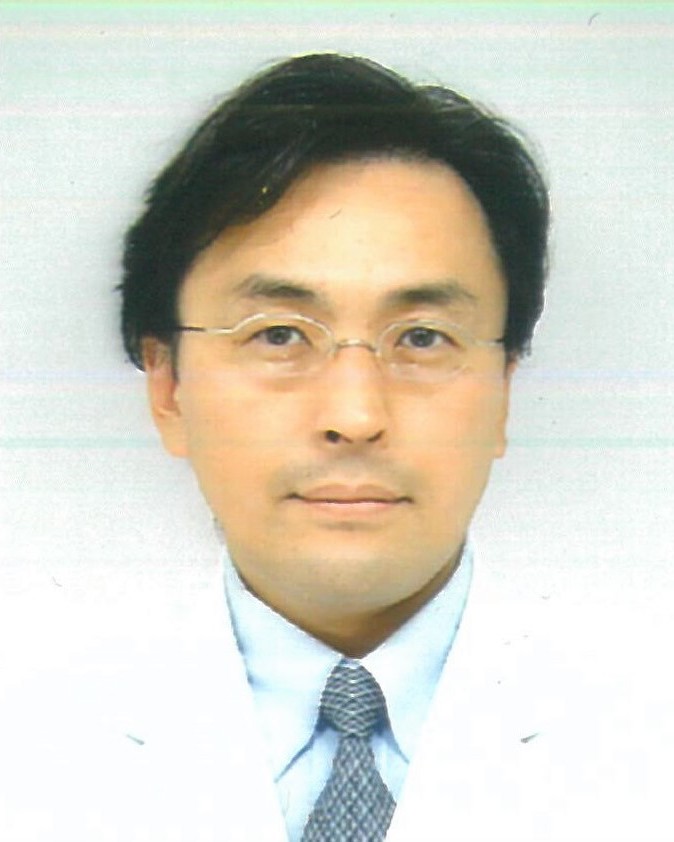
Takaki MAEDA
The sense of agency (SoA) is the feeling that a person initiates and controls his/her own actions and their effects on the outside world, it is one of the important self-awareness during actions. We have originally created the rehabilitation method for improving precision on the SoA for patients with neurological and psychiatric diseases. Our approach intends to intervene and re-organize nervous systems for facilitating hyper-adaptation in recovery processes of those diseases.
Members
| Principal Investigator | Takaki MAEDA | Assistant Professor/Senior Assistant Professor, Keio University |
| Co-investigators | Yuichi YAMASHITA | Section Chief, National Center of Neurology and Psychiatry |
| Tsukasa OKIMURA | School of Medicine, Keio University | |
| Hiroki OI | School of Medicine, Keio University |
A05-9 The role of inhibitory neurons related to skilled hand movements after spinal cord injury.
Research Outline
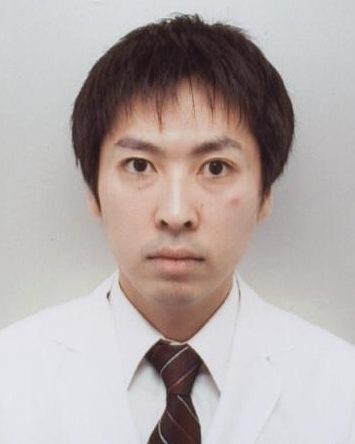
Takahiro KONDO
The ability to learn new motor skills or recovery after stroke is supported by plasticity in the structural and functional reorganisation of the primary motor cortex. Inhibitory neurons are thought to play an important role in the regulation of these plasticity. There are also numerous reports on the reorganization of the brain during the recovery of motor function after spinal cord injury, but little is known about the relevance of inhibitory neurons. Here, using in vivo calcium imaging or DREADD in marmoset spinal cord injury model, we examine rehabilitation-induced activity change of inhibitory neurons.
Members
| Principal Investigator | Takahiro KONDO | Assistant Professor, Keio University |
| Co-investigators | Yuta SATO | Ph.D Student, Keio University |
A05-11 Activating preference network for affected side by neural and behavioral modulation.
Research Outline
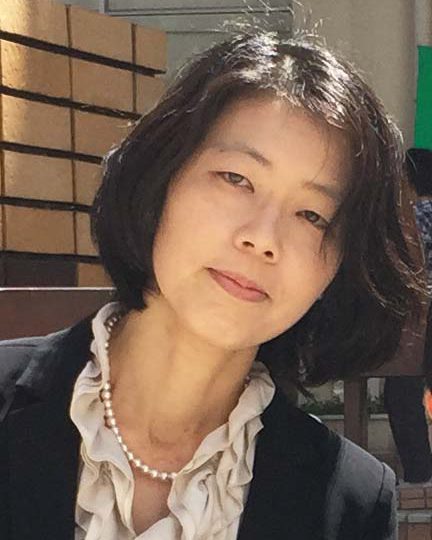
Rieko OSU
To improve ADL after stroke impairments, it is necessary, not only to promote recovery of impaired functions but also to facilitate the attention to the affected side and to induce the preference for the affected side so that the patients are willing to utilize the affected side of the body in their daily life. Therefore, we will try to activate the neural networks that are responsible for inducing preference for the affected side by neural modulation and manipulation of the body space.
Members
| Principal Investigator | Rieko OSU | Professor, Waseda University |
| Co-investigators | Taiki YOSHIDA | Ph.D Student, Waseda University |
| Kento HIRAYAMA | Ph.D Student, Waseda University |
A05-12 Hyper-adaptability from inducing synapse connection and regulation of extracelluar matrix. -Spinal cord injury and AI-based motion capture-
Research Outline
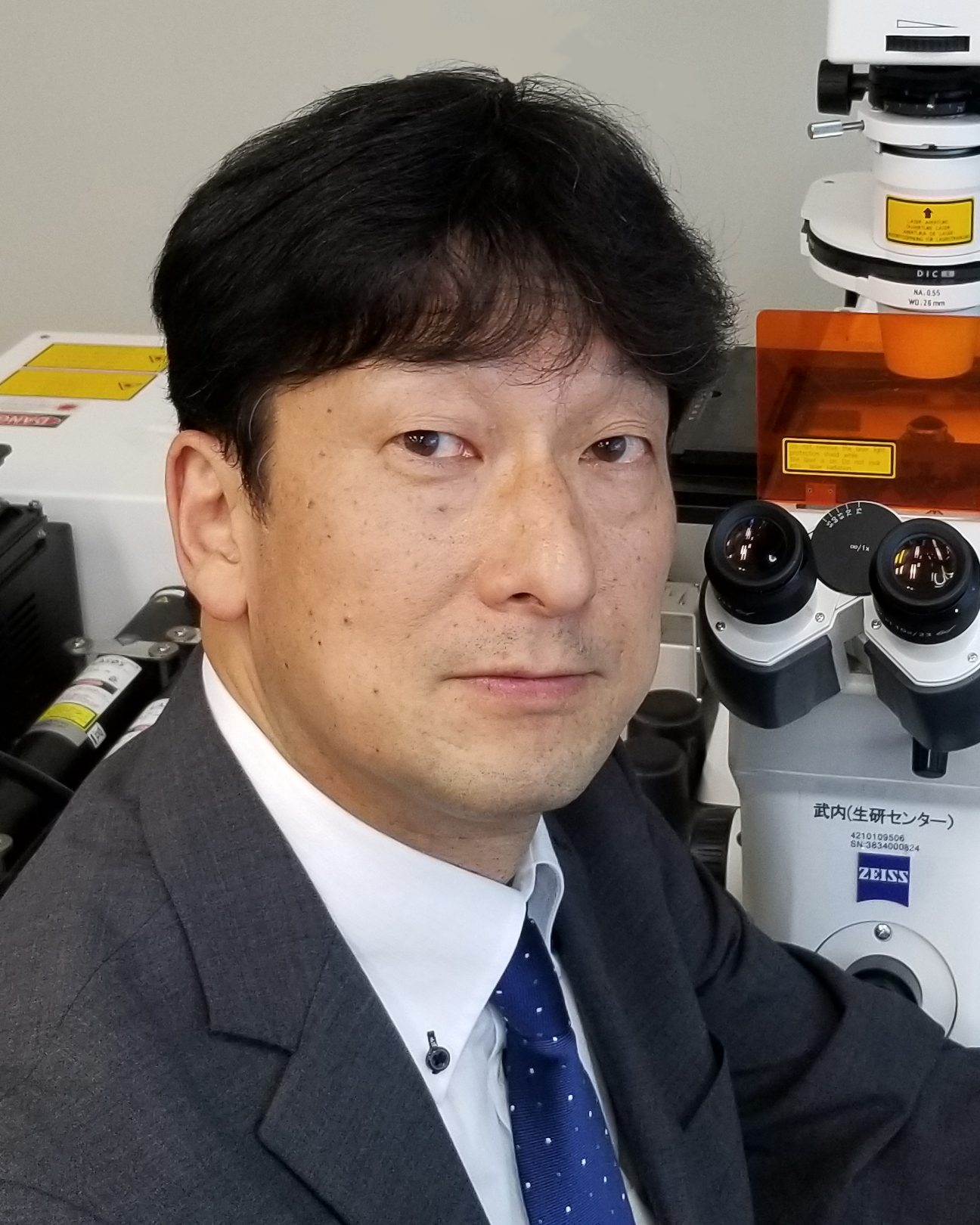
Kosei TAKEUCHI
Spinal cord injury (SCI) causes permanent dysfunction in the body movement and sensation. Many studies in both animal tests and clinical trials have been conducted, however established methods for recovery are currently limited. To achieve the substantial recovery from SCI, a combined method to down-regulate a repulsive factor (the regulation of Chodroitin-sulfate: Takeuchi, et.al., Nature commun.) and promote re-wiring (the injection of the synthetic synaptic organizer protein: Suzuki, et.al., Science) would be useful. We investigated the effects of the individual factors and next examined the combined effect by using the AI-based motion-capture system for mice models. Our approach represents a promising strategy to amelioration from SCI and further analysis are undergoing.
Members
| Principal Investigator | Kosei TAKEUCHI | Professor, Aichi Medical University |
| Co-investigators | Hiroyuki SASAKURA | Assistant Professor, Aichi Medical University |
| Masashi IKENO | Associate Professor, Aichi Medical University | |
| Yuki MORIOKA | Research Technician, Aichi Medical University |
A05-16 Adaptive mechanism occurring in both hemispheres after unilateral brain damage
Research Outline
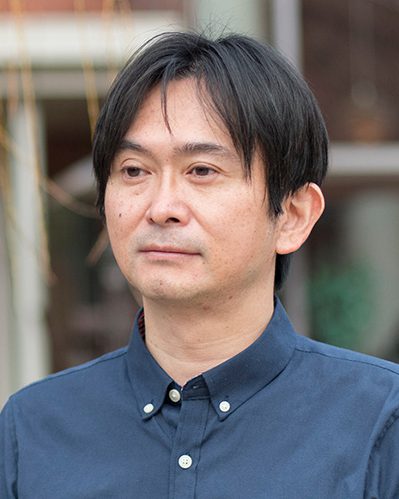
Noriyuki HIGO
This research project aims to investigate key factors that determine the hemisphere involved in functional recovery after infarction in the unilateral posterior internal capsule, using a macaque model of internal capsular stroke we developed. Moreover, this project will reveal changes of brain structure that underlie compensatory adaptation of brain function in each hemisphere.
Members
| Principal Investigator | Noriyuki HIGO | Group Leader, National Institute of Advanced Industrial Science and Technology |
| Co-investigators | Toru YAMADA | Senior Researcher, National Institute of Advanced Industrial Science and Technology |
| Hiroshi KAWAGUCHI | Senior Researcher, National Institute of Advanced Industrial Science and Technology |
A05-17 Animal model of unilateral spatial neglect in marmosets
Research Outline
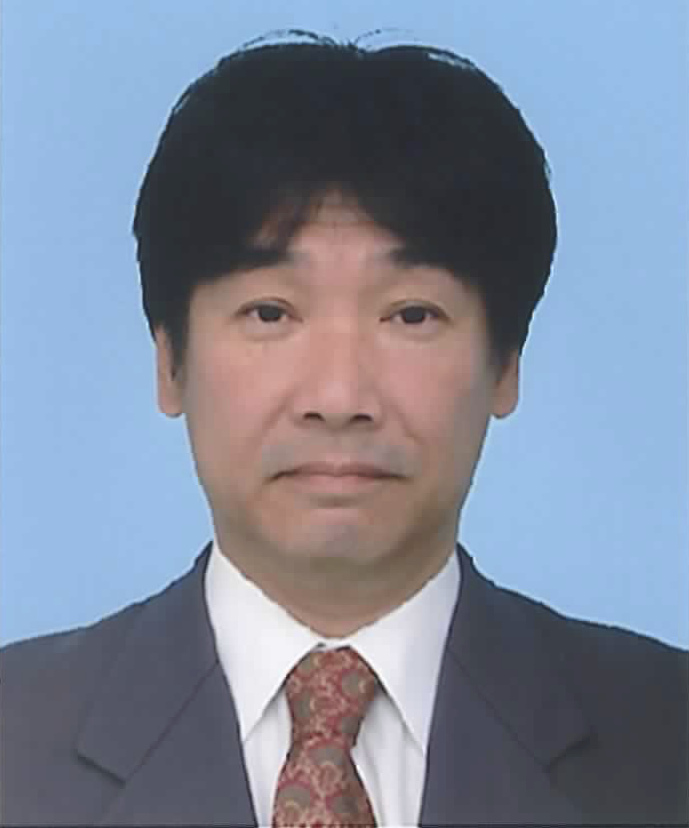
Masatoshi YOSHIDA
Unilateral spatial neglect (USN) is a characteristic failure to explore the side of space contralateral to a brain lesion, which cannot be explained by primary sensory or motor disorders. To establish an animal model of USN in marmosets, we will conduct the following experiments. 1) A surgical lesion is made to the right TPO of marmosets and the monkeys’ behavior is examined whether they exhibit symptoms of USN. 2) ECoG electrodes are implanted to measure cortical network activity. 3) Local cortical activities are measured with a Ca imaging system with an endoscope. 4)These findings are modeled by computational models. 5) The marmosets’ circuit is intervened based on the predictions made by the model.
Members
| Principal Investigator | Masatoshi YOSHIDA | Specially Appointed Associate Professor, Hokkaido University |
| Co-investigators | Hiroshi MATSUI | Postdoctoral Fellow, Hokkaido University |
| Co-investigators | Polyakova Zlata | Postdoctoral Fellow, Hokkaido University |
